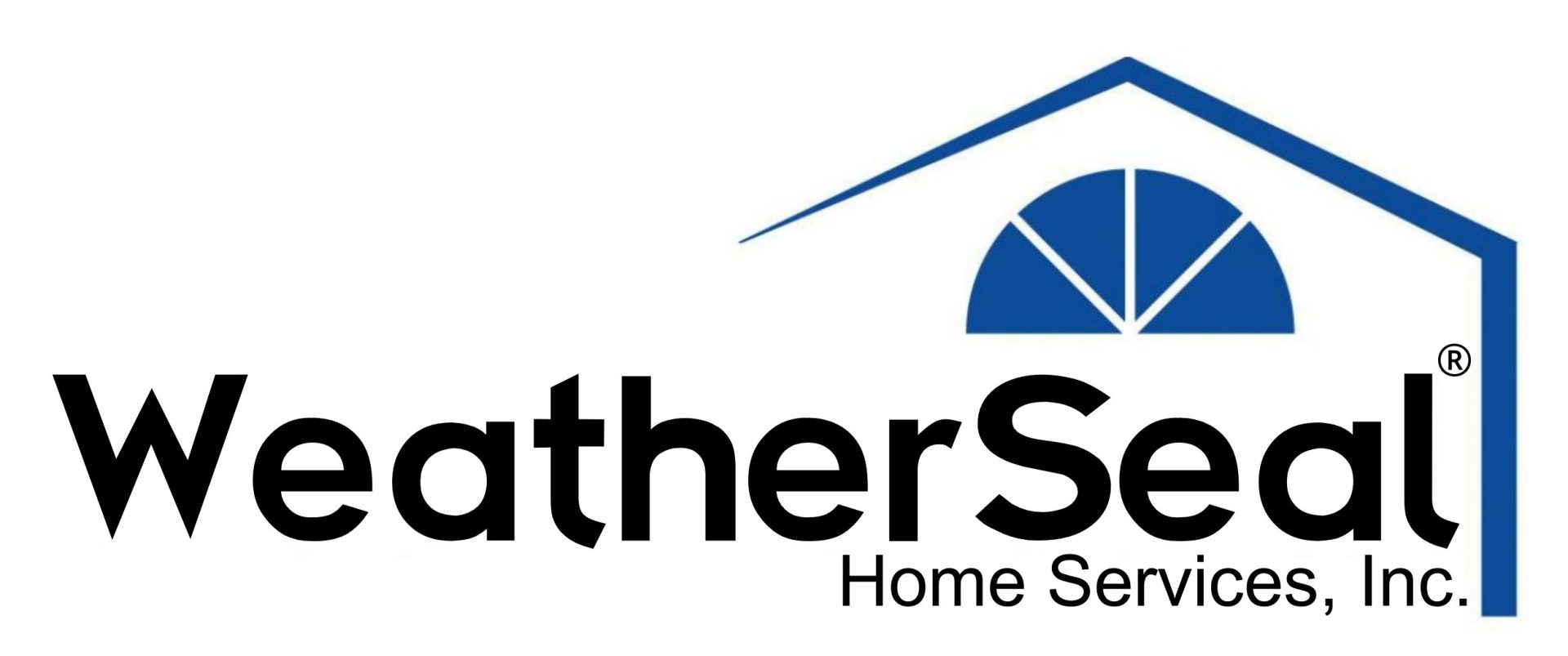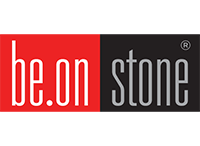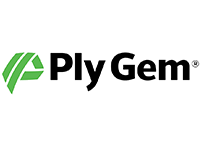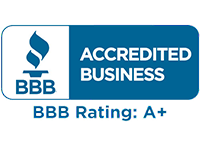A well-maintained roof is a cornerstone of home protection. Regular inspections using a roofing inspection checklist help identify issues before they escalate, saving money and guaranteeing safety. Harsh weather, UV exposure, and general wear can weaken your roof. This will lead to leaks or structural damage.
With routine checks, homeowners can extend the life of their roofs and prevent major repairs. Our guide simplifies roof inspection and provides tips to safeguard your property with a proactive approach.
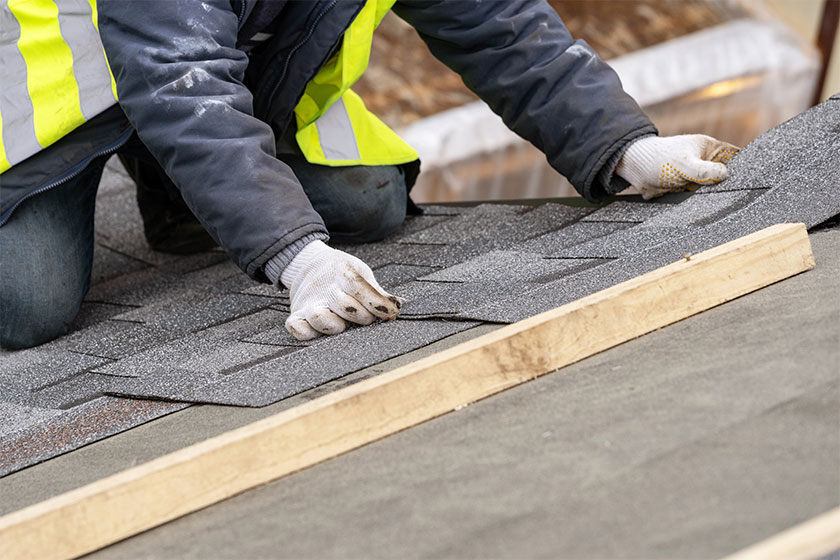
Understanding the Importance of Regular Roof Inspections
A roof serves as your home’s first line of defense against external elements. Over time, natural wear or unexpected weather events can compromise its integrity. Regular inspections help spot minor problems before they lead to extensive damage.
In residential properties, neglected roofs are often the cause of water intrusion, mold, or even structural issues. For those managing commercial roofing systems, routine inspections become even more vital to maintain safety and compliance.
Key Signs Your Roof Needs Attention
Missing or Damaged Shingles
Shingles protect your home from water and UV damage. Missing, curled, or cracked shingles can expose the underlayment, leading to leaks. Heavy winds and storms often dislodge shingles. It’s vital to inspect after severe weather events.
Granule Loss on Shingles
Granules on asphalt shingles serve as a protective barrier. Significant granule loss indicates aging shingles that might require immediate attention. Look for granules collecting in gutters or around downspouts.
Sagging or Uneven Rooflines
Sagging sections often point to structural issues. This can result from water pooling, excessive weight, or damaged decking. Such problems require prompt assessment by a professional to determine if repairs or roof replacement are necessary.
Exterior Inspection Checklist
Inspecting the exterior of your roof allows you to spot visible damage. These assessments help you address minor concerns before they worsen.
Start at Ground Level
From a safe distance, examine the roof for obvious damage. Look for curling shingles, uneven surfaces, or discoloration that might signal moisture issues. Ground-level inspections also allow you to observe flashing and gutter systems.
Check Flashing and Sealants
Flashing around vents, chimneys, and skylights can crack or loosen over time. Damaged flashing is a common entry point for water. It will lead to leaks and potential structural damage.
Examine Gutters and Downspouts
Clogged gutters can prevent proper drainage, causing water to pool near the roof or foundation. Check for debris buildup or signs of sagging gutters. During roof replacement or maintenance, consider installing seamless gutters for improved performance.
Look for Moss and Algae Growth
Moss and algae thrive in shaded or humid areas of the roof. Their growth can retain moisture and weaken shingles over time. Cleaning and treating affected areas can prevent long-term damage.
Roofing Inspection Checklist
Attic Inspections
Check the attic for water stains, damp insulation, or mold growth. These are clear signs of leaks or poor ventilation. Proper attic conditions are key to maintaining roof health and energy efficiency.
Look for Light Penetration
If daylight streams through the attic, it could indicate gaps or holes in the roofing structure. This issue often results from missing shingles or compromised underlayment.
Moisture and Condensation
Excessive moisture in the attic signals ventilation problems. This can lead to mold growth, weakened roofing materials, and higher energy bills.
Comparing DIY Inspections to Professional Services
While homeowners can complete basic inspections, professional roofers offer in-depth expertise. They can identify subtle issues that may go unnoticed during a DIY check. For complex systems like commercial roofing, professional inspections are indispensable.
Benefits of professional inspections include:
- Comprehensive Assessment: Professionals examine both visible and hidden areas of the roof.
- Advanced Tools: Infrared cameras and moisture meters detect issues beyond the surface.
- Preventive Maintenance: Early detection reduces the risk of expensive repairs.
Weather and Its Role in Roof Maintenance
The weather in your region plays a significant role in roof wear and tear. In areas with frequent rain or snow, roofs endure additional stress. UV exposure in sunnier regions can cause shingles to crack or fade faster.
Prepare for seasonal changes with these tips:
- Spring and Fall: These are ideal times for routine inspections. Addressing issues before harsh weather makes sure your roof is ready for the season.
- After Severe Weather: Hail storms, heavy winds, and snow accumulation demand immediate inspection.
The Role of Roofing Materials in Longevity
The durability of your roof depends on the materials used. Asphalt shingles are popular due to their affordability and ease of installation. However, not all shingles are created equal.
High-quality shingles resist wear better and last longer. This makes them a worthwhile investment. For properties with commercial roofing, materials like metal or modified bitumen offer additional durability and energy efficiency.
Selecting the right materials during roof replacement guarantees a longer lifespan and reduced maintenance costs. When choosing shingles, look for features like UV resistance, impact resistance, and adequate warranties.
Common Issues That Lead to Roof Damage
Poor Ventilation
Proper airflow is key to maintaining a roof’s health. Inadequate ventilation can trap moisture, leading to mold and weakened structural components. Over time, this can compromise insulation and increase energy costs.
Accumulated Debris
Leaves, branches, and dirt can block gutters and downspouts. Debris buildup retains moisture and causes shingles to decay and water to pool. Regular cleaning reduces the risk of clogs and extends the life of your roof.
Storm Damage
Storms can cause immediate and long-term damage. High winds lift shingles. Meanwhile, hail creates dents or cracks. Regular inspections after severe weather help identify and address problems quickly.
The Importance of Proper Drainage
Gutters play an integral role in directing water away from your home. Improper drainage can lead to several issues, including water pooling on the roof or near the foundation.
Benefits of Seamless Gutters
Seamless gutters reduce the risk of leaks and clogs. They deliver better performance compared to traditional systems. Their design minimizes joints where debris tends to accumulate.
During a roofing inspection, evaluate the condition of your gutters to determine if upgrading to a seamless system could improve drainage.
Signs You May Need Roof Replacement
- Frequent leaks despite repairs.
- Shingles that are missing, curled, or cracked.
- A roof that has reached or exceeded its expected lifespan.
- Excessive granule loss on shingles.
- Sagging rooflines or structural damage.
While roof replacement may seem overwhelming, it is an opportunity to upgrade materials and improve your home’s energy efficiency. For commercial roofing projects, planning ahead helps minimize disruption to business operations.
Tips for Extending Your Roof’s Lifespan
Regular Cleaning
Clear debris from the roof and gutters twice a year, ideally in spring and fall. This prevents moisture retention and reduces the risk of mold or algae growth.
Schedule Professional Inspections
While DIY checks are helpful, professional inspections offer a deeper understanding of your roof’s condition. Hiring experts annually assures that potential problems are identified and addressed early.
Invest in Preventive Upgrades
Features like ridge vents, high-quality shingles, and seamless gutters enhance the functionality of your roofing system. These upgrades may require an initial investment but result in long-term savings by reducing repair frequency.
Roofing Trends and Innovations
Advances in roofing materials and designs provide homeowners with innovative solutions for better performance. Staying informed about these trends allows you to make smart decisions during roof replacement or renovations.
Cool Roofing
Cool roofing materials reflect sunlight, reduce heat absorption, and lower cooling costs. These are ideal for regions with hot climates. They bring both energy savings and environmental benefits.
Synthetic Shingles
Synthetic shingles mimic the look of traditional materials like slate or wood but are lighter and more durable. Their resilience makes them an excellent choice for commercial roofing and residential properties alike.
Solar Integration
Solar roofing systems integrate photovoltaic panels directly into shingles. This technology allows homeowners to generate renewable energy while maintaining the aesthetic appeal of their roofs.
Protecting Your Home With WeatherSeal Home Services
WeatherSeal Home Services knows how important a well-maintained roof is to the safety and longevity of your home. As a family-owned, veteran-owned company with a BBB A+ rating, we are dedicated to delivering exceptional service and results.
Our commitment to using high-quality, American-made materials guarantees long-lasting durability and protection for your property. From detailed roof inspections to seamless gutter installations and full roof replacements, we take pride in offering tailored solutions to meet your unique needs.
With a focus on professionalism, efficiency, and quality, we strive to provide the trusted expertise you deserve to safeguard your home.
